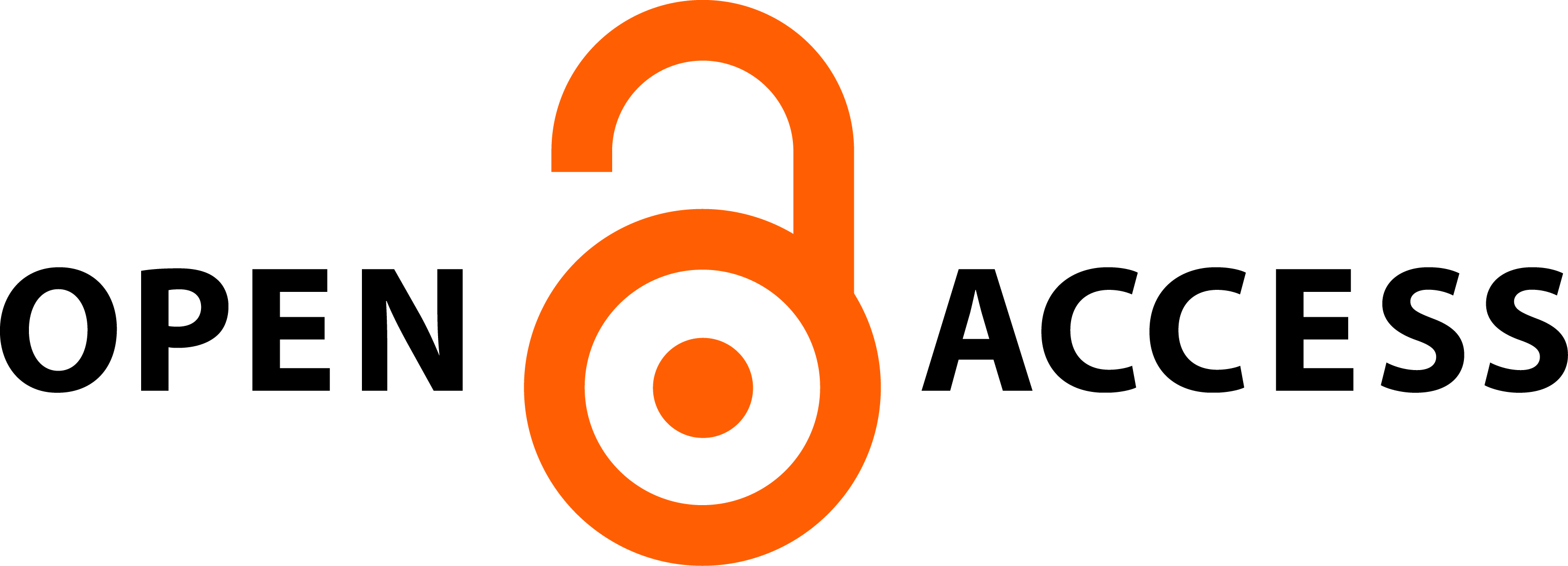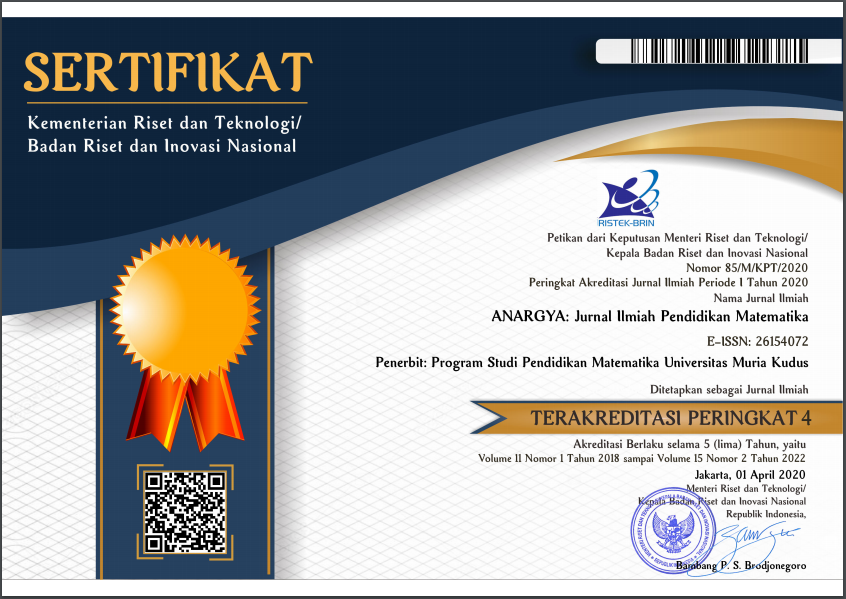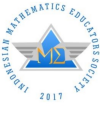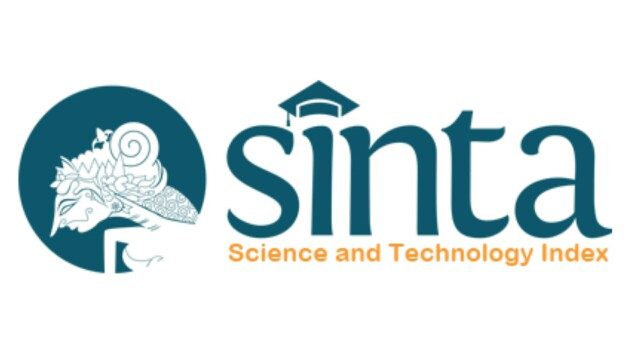Analisis Kesulitan Belajar Siswa Dalam Pemecahan Masalah Matematis Pada Materi Peluang
Abstract
The purpose of this research is to analyze students' learning difficulties in solving mathematical problems on the material of opportunity. There are several indicators contained in mathematical problem solving abilities, namely understanding the problem, planning a solution, implementing the plan, and re-examining the process and results. The subjects in this study were students from SMP/MTs equivalent in the city of Jakarta, totaling 121 students. The researcher used a qualitative descriptive research method. The instrument tested in this study is a mathematical problem solving ability test with 5 description questions related to the material opportunity. Google form is used as a data collection technique to test mathematical problem solving abilities. The research data was obtained using the Winsteps application and then analyzed using the Rasch model. The results of data analysis in this study indicate that there are students' learning difficulties in solving mathematical problems on the material of opportunity, which is contained in the indicator of planning a settlement (Devising a plan), where students are not able to formulate mathematical problems or develop mathematical models on the problems given opportunities.
Keywords
Full Text:
PDF (Bahasa Indonesia)References
Aditya Purnama et al. (2020). Analisis Buku Siswa Matematika Sma Dari Indonesia. 04(02), 813–822.
Akbar, P., Hamid, A., Bernard, M., & Sugandi, A. I. (2017). Analisis Kemampuan Pemecahan Masalah Dan Disposisi Matematika Kelas XI SMA PUTRA JUANG Dalam Materi Peluang. Jurnal Cendekia : Jurnal Pendidikan Matematika, 2(1), 144–153. https://doi.org/10.31004/cendekia.v2i1.62
Hanah, R., Muhsetyo, G., & Sisworo, S. (2016). Penggunaan Bahan Manipulatif untuk Memahamkan Materi Peluang pada Siswa SMP dengan Pendekatan Pendidikan Matematika Realistik. Jurnal Pendidikan: Teori, Penelitian, Dan Pengembangan, 1(5), 927–939. https://doi.org/10.17977/jp.v1i5.6312
Hasibuan, V. A., & Lestari, I. (2020). Analisis Kesulitan Belajar Siswa Kelas VIII dalam Menyelesaikan Soal Pemecahan Masalah Pada Materi Lingkaran di SMP PGRI 9 Jakarta. 307–314.
Lutvaidah, U., & Hidayat, R. (2019). Pengaruh ketelitian membaca soal cerita terhadap kemampuan pemecahan masalah matematika. 4, 179–188.
Mediyani, D., & Mahtuum, Z. A. (2020). Analisis kesulitan siswa dalam menyelesaikan soal materi statistika pada siswa smp kelas viii 1,2. 3(4), 385–392. https://doi.org/10.22460/jpmi.v3i4.385-384
Noto, M. S., Pramuditya, S. A., & Fiqri, Y. M. (2018). Design Of Learning Materials On Limit Function. 7(1), 61–68. https://doi.org/10.22460/infinity.v7i1.p61-68
Nurharyanto, D. W., & Retnawati, H. (2020). the Difficulties of the Elementary School Students in Solving the Mathematical Narrative Test Items. Jurnal Prima Edukasia, 8(1), 29–39. https://doi.org/10.21831/jpe.v8i1.29969
Nurhayati, & Bernard, M. (2019). Analisis Kesulitan Siswa dalam Pemecahan Masalah Matematik Siswa Kelas X Smk Bina Insan Bangsa pada Materi Persamaan dan Pertidaksamaan. Journal On Education, 01(02), 497–502.
Prismana, R. D. E., Kusmayadi, T. A., & Pramudya, I. (2018). Analysis of difficulties in mathematics problem solving based on revised Bloom’s Taxonomy viewed from high self-efficacy. Journal of Physics: Conference Series, 1008(1). https://doi.org/10.1088/1742-6596/1008/1/012063
Putri, S. K., Hasratuddin, H., & Syahputra, E. (2019). Development of Learning Devices Based on Realistic Mathematics Education to Improve Students’ Spatial Ability and Motivation. International Electronic Journal of Mathematics Education, 14(2), 243–252. https://doi.org/10.29333/iejme/5729
Putridayani, I. B., Chotimah, S., & IKIP. (2018). Analisis Kesulitan Belajar Siswa Dalam Pelajaran Matematika Pada Materi Peluang. 7(May), 57–62.
Rumasoreng, M. I., & Sugiman, S. (2014). Analisis Kesulitan Matematika Siswa Sma/Ma Dalam Menyelesaikan Soal Setara Un Di Kabupaten Maluku Tengah. Jurnal Riset Pendidikan Matematika, 1(1), 22. https://doi.org/10.21831/jrpm.v1i1.2661
Schoenfeld, A. H. (2016). Learning to Think Mathematically: Problem Solving, Metacognition, and Sense Making in Mathematics (Reprint). Journal of Education, 196(2), 1–38. https://doi.org/10.1177/002205741619600202
Sumintono, B., & Widhiarso, W. (2013). Aplikasi Model Rasch Untuk Penelitian Ilmu-Ilmu Sosial.
U R Jannah1, 2, T Nusantara3, S. and S. (2019). Students ’ characteristics of students ’ obstacles in understanding the definition of a function Students ’ characteristics of students ’ understanding the definition of a function obstacles in. https://doi.org/10.1088/1755-1315/243/1/012134
UR Jannah, & T Nusantara, S. dan S. (2020). Karakteristik siswa hambatan siswa dalam Kutipan terbaru memahami definisi suatu fungsi karakteristik memahami definisi suatu fungsi siswa rintangan.
Widyastuti, P. D., Mardiyana, & Saputro, D. R. S. (2017). The Analysis Of Student s ’ Difficulties In Solving Systems Of Linear Equations in Two Variables. 4 Th ICRIEMS Proceedings, 243–248.
Willse, J. T. (2017). Polytomous rasch models in counseling assessment. Measurement and Evaluation in Counseling and Development, 50(4), 248–255. https://doi.org/10.1080/07481756.2017.1362656
Yustiana, I. A., Mercuriani, I. S., Kristian, P. L. Y., Cari, C., Sunarno, W., Alami, Y., Sinaga, P., & Setiawan, A. (2018). Learning difficulties of senior high school students based on probability understanding levels Learning difficulties of senior high school students based on probability understanding levels.
DOI: https://doi.org/10.24176/anargya.v4i2.6457
Refbacks
- There are currently no refbacks.
View My Stats
In Collaboration With:
Indexed:

Anargya : Jurnal Ilmiah Pendidikan Matematika is licensed under a Creative Commons Attribution 4.0 International License.
Dedicated to:














